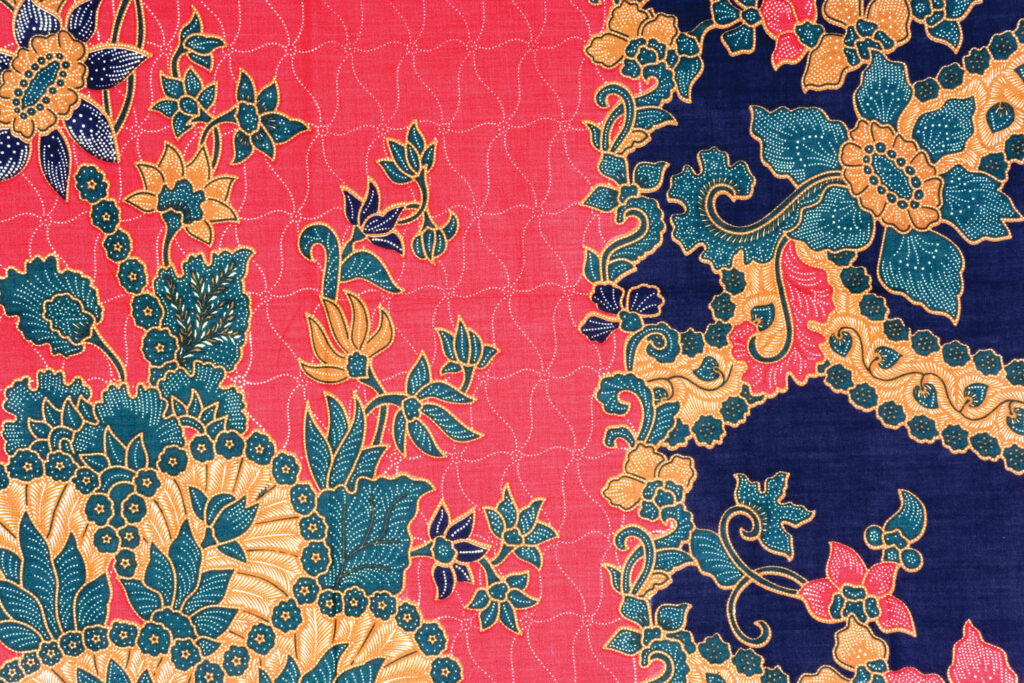
Water pollution from textile dyeing is a perennial concern because of the caustic nature of the chemicals used. Researchers at Drexel University have found that a nanofilament made of titanium oxide can break down two widely used dye pollutants, rhodamine 6G and crystal violet.
“This is an exciting finding because it helps to address a problem that has been a real challenge for the water treatment process,” says professor Michael Barsoum, Ph.D. “We anticipate that integrating our titanium-oxide photocatalyst into the current processes could improve its effectiveness in removing these chemicals as well as reducing the amount of energy required to do so.”
Water-soluble dyes are suspended in the wastewater, making them difficult to remove, unlike solids that can be filtered out. Materials such as clay and activated carbon can take up the dyes, thus separating them from the water, but the chemicals are still present, just attached to the adsorbent materials. This nanofilament material actually makes the dye chemicals break down with visible light, as opposed to needing UV light, which is energy intensive. The research was published in Matter in October 2023.
This research team previously studied the same nanofilament and found it can separate hydrogen from water-methanol solutions with sunlight, “which could unlock its potential in green fuel generation,” the school noted in a statement.
 TEXTILES.ORG
TEXTILES.ORG


